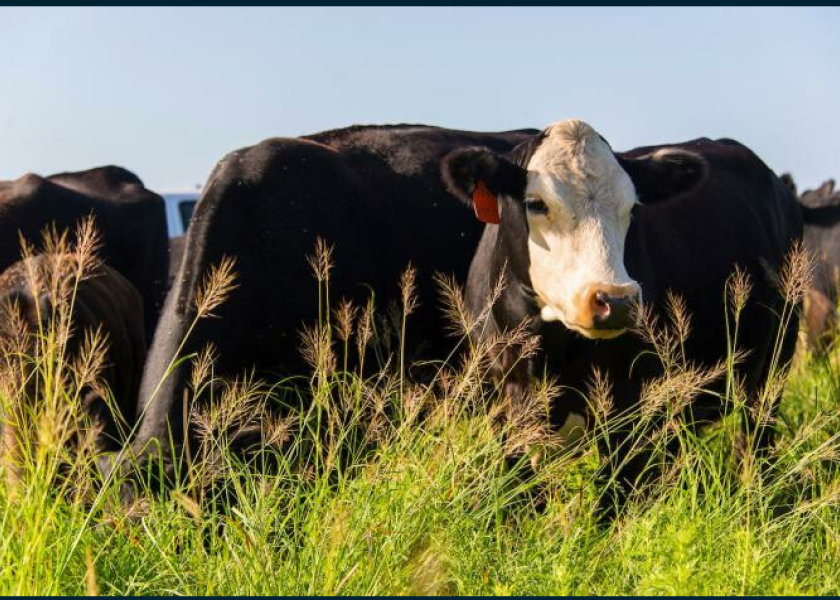Genetic Sequencing Research Could Assist in Quicker Emerging Disease Detection

A new study conducted at the University of Minnesota demonstrates accuracy with a faster method of disease detection and surveillance using Oxford Nanopore MinION genetic sequencing to identify disease at the species and strain level.
The researchers began with samples of Senecavirus A (SVA), which were then analyzed using the Oxford Nanopore MinION sequencer, and whole genome sequences were created using both direct RNA sequencing and PCR-cDNA sequencing methods.
“The world is really interconnected and infection from one part of the globe is going to eventually spread across to another part of the globe. (Some) of these foreign animal diseases (FAD) like foot and mouth disease (FMD), although not present in the U.S. right now, we think will inevitably come to the U.S.,” says Cheryl Dvorak, PhD, a researcher in the veterinary and biomedical sciences department in the college of veterinary medicine at the University of Minnesota, and lead on the study. “So, what are we going to do when one of these FADs comes to the U.S.? Are we going to be able to diagnose it quickly? And how can we control it, so it doesn't walk itself across the U.S.?”
Genetic sequencing allows for the identification of the specific DNA footprint of the disease, which will allow for improved disease surveillance when illness is detected in a herd. And the method is flexible, the technology can be applied to samples of other diseases.
“The beauty of sequencing is that you know the entire genetic sequence of the virus and you can determine the strain of the virus. So you know, is this a strain that came from next door or is this the same strain that you had six months ago and somehow it came back?” Dvorak says.
That differentiation will allow livestock producers and veterinarians to identify gaps in biosecurity processes if it turns out a new strain of a disease was introduced to the farm and is different from the original pathogen they’d been dealing with.
The technology isn’t quite at the point where it can be done on-farm—samples still need to be sent to a diagnostic laboratory—but Dvorak is hopeful in the future that genetic sequencing can be done at the farm level.
“If you had this diagnostic tool on your farm, you could find out in 6-to-8 hours whether this is actually FMD, just from sequencing. It's not quite there yet, but that's where we're headed. There are a couple steps that still need to be done in a diagnostic lab. But the idea is that eventually, the veterinarian could have it and take a sample and start running it right away, and you could have your results in 8 hours. You'll know exactly what's in that sample,” she says.







